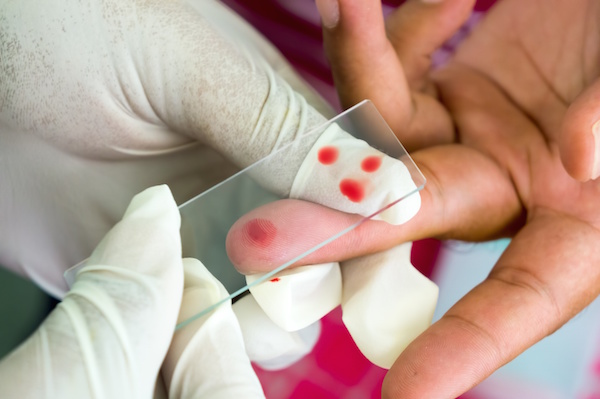
WEDNESDAY, Feb. 23 (HealthDay News) — Nearly three years after a nationwide salmonella outbreak that sickened about 1,500 people and claimed two lives, U.S. epidemiologists have learned that speed is of the essence in identifying sources of food contamination and preventing further infection.
But speed requires resources that cost money and, as an editorial accompanying the paper in the Feb. 23 online issue of the New England Journal of Medicine points out, funds may not be forthcoming.
Although the recently signed Food Safety Modernization Act could help the U.S. Food and Drug Administration respond better to outbreaks of food-borne illness, the reality is that Congress still needs to authorize the money, the editorial stated.
During the 2008 outbreak — the largest episode of food-borne illness in the United States in 10 years — investigators initially thought the contamination came from tomatoes. But the real culprit turned out to be raw jalapeno and serrano peppers imported from Mexico.
This information wasn’t gleaned until after about 1,500 people had been sickened and more than 300 hospitalized, in addition to the two who died.
Identifying sick people earlier would have given health officials a huge head start on getting to the source of the problem, said study lead author Dr. Casey Barton Behravesh, an epidemiologist with the U.S. Centers for Disease Control and Prevention.
“One of the challenges is the lag time between when someone becomes ill and when that person is interviewed to ask about foods they ate in the week before the illness,” she said. “About half of the time, it can take up to 21 days as a median to interview ill people, and this lag can really make it hard not only to remember what food they ate but also for tracking people down.”
In addition, she said, “investigating local clusters of illnesses, groups of people that ate at one restaurant in one state, can be aided by looking at menus or recipes to help us efficiently identify foods and even specific ingredients.”
Several of the 2008 salmonella clusters were traced to Mexican-style restaurants, one to a mobile Mexican-style food vendor, and one to a privately catered event, the study noted.
Behravesh said a collaboration of agencies and laboratories have established the “OutbreakNet Sentinel Sites, or OSS, and one of the key components of that is one that could have saved time in this [2008] outbreak. That is the ability to identify and interview people even faster and help with recalls.”
But consumers can — and must — protect themselves, said Dr. Mark E. Rupp, professor of internal medicine and an infectious disease expert at the University of Nebraska Medical Center in Omaha.
“This emphasizes why people need to do food-safety practices at home — because produce from the grocery store may be contaminated so they need to wash and take care when preparing food,” he said.
People with weakened immune systems, such as cancer patients and those with AIDS, need to take special care when it comes to food safety because they’re at greater risk of complications from food-borne infections, Rupp added.
And Americans might want to rethink their use (or overuse) of stomach-acid suppression drugs, such as proton pump inhibitors, he said.
“[Being on one of these medications] has become almost a fad [but it] decreases gastric acidity and humans evolved to have gastric acidity for a reason,” Rupp said. “One is to serve as a barrier to these sorts of pathogens.”
Salmonella is a type of bacteria that can cause bloody diarrhea in humans. Some 40,000 cases of salmonellosis are reported in the United States each year, although the CDC estimates that because milder cases aren’t diagnosed or reported, the actual number of infections may be 30 or more times greater. Approximately 600 people die each year after being infected.
More information
For more on the 2008 salmonella outbreak, visit the U.S. Food and Drug Administration.

